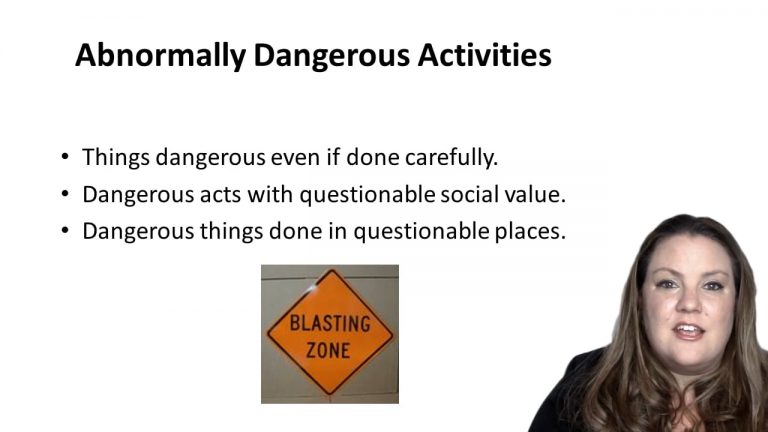SmartBrief
Confirm favorite deletion?
Criminal Law Keyed to Gershowitz
State v. Thurman
Citation:
138 P.3d 798 (Table), 2006 WL 2129225.Facts
On February 24, 2005, at approximately 8:30 p.m., Trooper Gregory Smith was dispatched to a hit and run accident. When Trooper Smith arrived, the defendant flagged him down. When Trooper Smith approached the defendant, he noticed a strong smell of alcohol coming from the defendant’s breath and that the defendant’s eyes were bloodshot. Trooper Smith asked the defendant for his driver’s license and noticed that the defendant had difficulty removing the license from his wallet.
The defendant advised Trooper Smith that while he was at the turnpike service area, a truck struck his vehicle and left. He said that he tried to find the truck, but after driving a few miles and being unsuccessful, he made a U-turn through the concrete barrier wall on the turnpike and returned to the service area. All the openings in the concrete barrier wall have “no U-turn” signs.
Trooper Smith had the defendant perform field sobriety tests and he failed. Consequently, the defendant was arrested. His blood alcohol tests were 0.078 percent. Trooper Smith admitted he did not observe the defendant driving.
The defendant testified he had been up since 4 a.m. that day working and had a few beers around 1 p.m. He admitted driving from the service area to find the vehicle that struck his vehicle but never found it and he also admitted making a U-turn on the turnpike. The defendant explained that he had difficulty getting his license out due to the design of his wallet and he has permanent discoloration of his eyes due to a prior chemical burn.
After hearing all the evidence, the trial court acknowledged that no one observed the defendant’s driving but found that making a U-turn on the turnpike showed impaired judgment. The trial court further found that the defendant’s admission that he was driving, plus the results of the breath and field sobriety tests, were sufficient to establish he was driving while under the influence. The defendant appealed.
Only StudyBuddy Pro offers the complete Case Brief Anatomy*
Access the most important case brief elements for optimal case understanding.
*Case Brief Anatomy includes: Brief Prologue, Complete Case Brief, Brief Epilogue
- The Brief Prologue provides necessary case brief introductory information and includes:
Topic:
Identifies the topic of law and where this case fits within your course outline.Parties:
Identifies the cast of characters involved in the case.Procedural Posture & History:
Shares the case history with how lower courts have ruled on the matter.Case Key Terms, Acts, Doctrines, etc.:
A case specific Legal Term Dictionary.Case Doctrines, Acts, Statutes, Amendments and Treatises:
Identifies and Defines Legal Authority used in this case.
- The Case Brief is the complete case summarized and authored in the traditional Law School I.R.A.C. format. The Pro case brief includes:
Brief Facts:
A Synopsis of the Facts of the case.Rule of Law:
Identifies the Legal Principle the Court used in deciding the case.Facts:
What are the factual circumstances that gave rise to the civil or criminal case? What is the relationship of the Parties that are involved in the case.Issue(s):
Lists the Questions of Law that are raised by the Facts of the case.Holding:
Shares the Court's answer to the legal questions raised in the issue.Concurring / Dissenting Opinions:
Includes valuable concurring or dissenting opinions and their key points.Reasoning and Analysis:
Identifies the chain of argument(s) which led the judges to rule as they did.
- The Brief Prologue closes the case brief with important forward-looking discussion and includes:
Policy:
Identifies the Policy if any that has been established by the case.Court Direction:
Shares where the Court went from here for this case.
Topic Resources
Topic Outline
Topic Refresher Course

 4m 52s
4m 52s